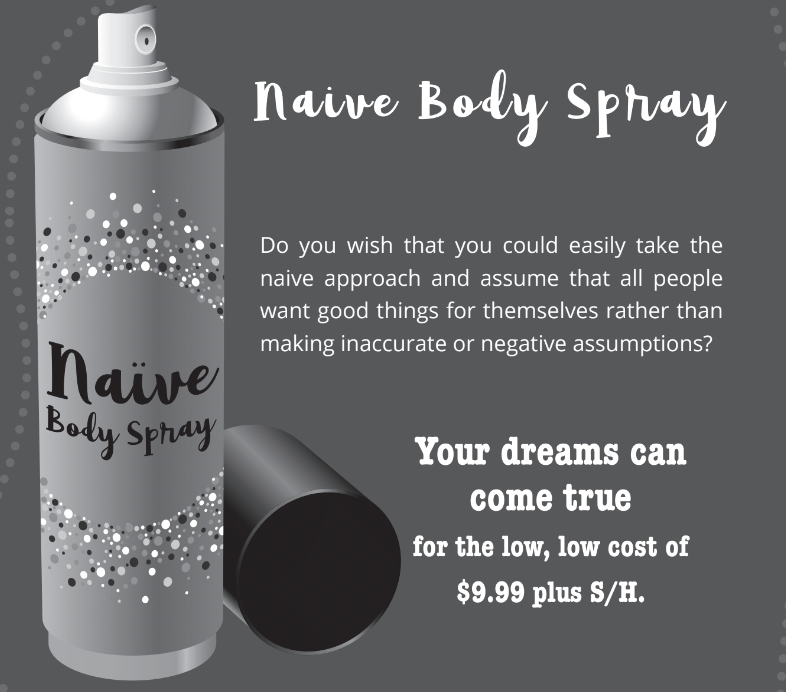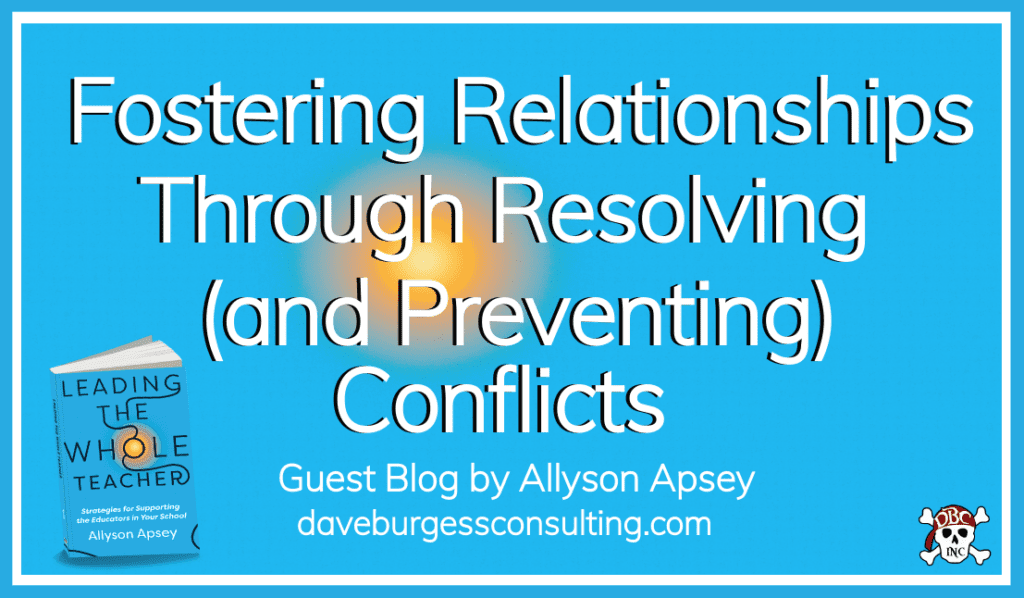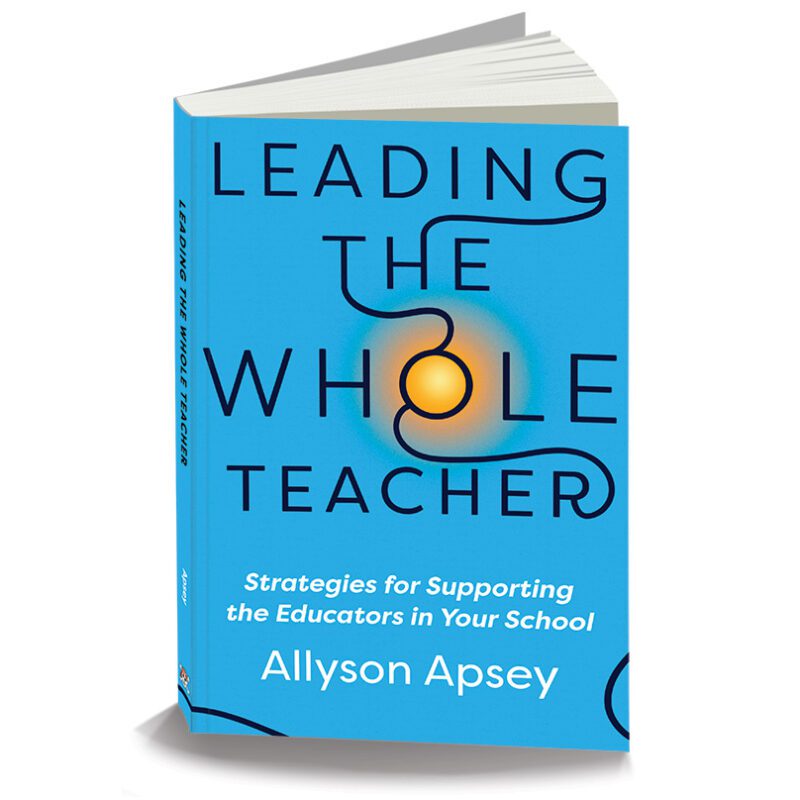Today's guest post is brought to you by Allyson Apsey! She has been an educator for more than twenty years; a school leader for sixteen of those years. She is passionate about having a serendipity mindset, looking for the beautiful lessons that every experience holds. She tries to be transparent, vulnerable, and supportive.
Allyson is the author of a blog called Serendipity in Education (allysonapsey.com) has written five books: three professional learning books for educators called The Path to Serendipity, Through the Lens of Serendipity and the lastest Leading the Whole Teacher. She has also written a picture book with us called The Princes of Serendip,
She loves speaking to passionate groups as they work to be happy and effective people for the benefit of themselves and everyone around them.
In short, Allyson is outstanding, and we are excited to learn from her today.
Take it away, friend!
Guest Post by Allyson Apsey
An excerpt from Leading the Whole Teacher: Strategies for Supporting Educators in Your School by Allyson Apsey
Years and years ago my sister and I signed up to walk a marathon and raise money for the Leukemia Society of America. Months of training and fundraising culminated in a trip to Hawaii to walk the Honolulu Marathon. Our young and fit selves walked about as fast as I can run a mile these days, so it wasn’t a leisurely stroll. It was hard work. I love my sister now and I loved her then, but at one point in the race we were focused more on bickering with each other than on the race itself. We were hot and chafing and tired and really irritable, and we were hitting elbows once in a while, which led to the bickering. Someone from the Leukemia Society of America team even noticed and encouraged us to uplift each other. Even in the most loving and supportive relationships, when we are working really hard side by side, we can get irritated with each other from time to time.
When asked, teachers often list gossip as the number one reason teachers don’t feel safe at school. While this chapter’s (Chapter 5, Building Positive Relationships, Leading the Whole Teacher) suggestions will help foster strong, positive relationships at school, which will prevent many relational problems, we all know that conflicts will still arise. When they do, it is incredibly important to address issues rather than push them under the rug. When little irritations or conflicts go unaddressed, they tend to add up and result in a big explosion or argument that could have been prevented. Or they result in a team member withdrawing from the team. Or worse, that team member leaves the school or the profession altogether.
Here’s a simple guide to addressing issues in a relatively comfortable way that incorporates strategies I have learned and honed over the years. Trust me, I benefit from revisiting these tips from time to time. This process can be used when addressing culture-harming behaviors like gossip, persistent negativity, and unhealthy competition.
• Express How You Feel. Start the conversation by expressing how you feel. Often, we think others can guess how we feel, but in reality they don’t know unless we tell them. Unknowingly, people can be very unaware of how their behavior is impacting others. Speak only for yourself and never go into a conversation claiming that you represent a group.
- “I was a little hurt when you . . .”
- “I wasn’t sure what you meant by . . .”
- “I felt surprised when . . .”
• Avoid Inflammatory Words. Avoid words that make the problem seem bigger than it is. Don’t use words like always, worst, terrible, etc. Instead focus on addressing the specific problem to keep it as small as possible.
• Spritz on Some “Naïve Body Spray.” Go into the conversation with the naïve assumption that your teammate has no idea that they offended you and would never intend to be offensive. This is likely true, and this generous assumption will help your teammate not get defensive, which will help as you work on resolving the issue. Make sure you explicitly say that you know they would never intend to hurt you.


• Pause. Give your teammate time to respond and share their feelings before you dive into problem solving. Again, we cannot assume we know how our colleague is feeling. If necessary, ask a question to prompt them. You can ask, “What are you thinking and feeling?” It’s important that all the information about your unique perspectives is on the table before you head into problem-solving.
• Problem-solving. Gather ideas for solutions from both sides and then determine the solution you can both live with. This process can start with a simple question like “Where do we go from here?” For the solution to stick, both of you need to leave the conversation feeling heard, understood, and confident in the outcome.
In addition, it may be helpful to brainstorm as a staff how to address issues such as gossip. One idea is to have a common response to gossip, an agreed-upon mantra. You could say, “At our school we talk to people, not about people.” Or as a reminder you could ask, “Did you talk to [insert name] about this?”
- Allyson
Thank You
Thank you, Allyson!
Don't forget to follow Allyson on Twitter HERE.
And, check out her blog--Serendipity in Education (allysonapsey.com) plus her outstanding books! Allyson's latest book is Leading the Whole Teacher! Such a timely message!
Leading the Whole Teacher
What Can Leaders Do for Teachers?
More info →




